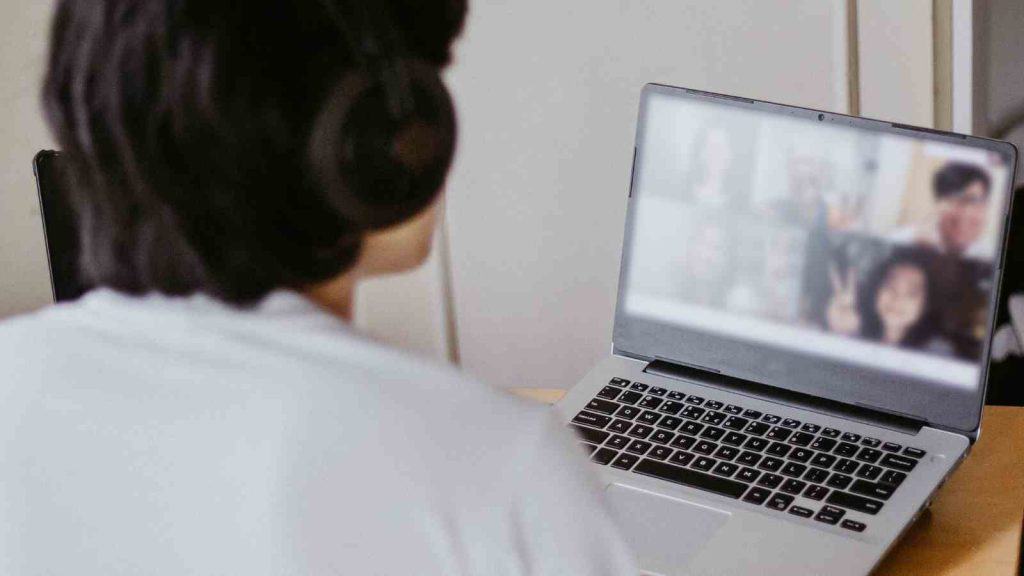Zoom fatigue is more than just a physical ailment — it’s also a mental one. Your body may ache from sitting too long in your chair, but your brain is screaming for relief, too. Finding the motivation to do anything can be challenging when you’re exhausted and trying to focus on something.
Thankfully, IT staff can help reduce Zoom fatigue. They can do this by providing an environment that encourages productivity and motivation. Here are some ways to prevent and avoid burning out on videoconferencing.
What Is Zoom Fatigue?
Zoom fatigue is a term used to describe tiredness after using videoconferencing for too long. This typically occurs when team leaders call employees into meetings repeatedly. It can also happen when workers talk with clients and repeat the same things to multiple parties.
The problem with videoconferencing fatigue is that it can lead to burnout. Your productivity starts to suffer because you can’t do as much as you normally would due to mental exhaustion.
Videoconferencing can be a powerful tool, but it can also be challenging. Here are some of the symptoms of Zoom fatigue:
- Lack of focus and energy
- Disorganization
- Difficulty staying on task
- Impatience with the process
- Feeling overwhelmed
- Frustration
Thankfully, your IT staff can take measures to prevent Zoom fatigue and motivate people to work to their full capacity.
1. Use Different Modes of Communication
Employees can get up and move around when on the phone or in an in-person meeting, increasing their mobility. However, videoconferencing provides the opposite effect. Zoom meetings keep employees sitting at their desks, limiting their movement.
People are not meant to stay in one place for long periods, and research shows that exercise can improve cognitive function. One study found that 17 out of 34 individuals with mild cognitive impairment who participated in a 20-week aerobic exercise program showed an improvement in learning and retaining information.
One way to avoid Zoom fatigue is by setting up different modes of communication. Try setting up a chat mode so participants can type their questions and you have time to respond to messages.
A meeting may not even be a valuable use of everyone’s time. Sometimes it’s better to be purposeful with modes of communication — it may be best to send out a companywide email for updates instead of having video chats.
2. Provide the Team With an Audio-only Break
Reduce the fatigue Zoom meetings put on your team by using audio instead of video. This will allow everyone on the call to focus on what they need to do instead of constantly switching between seeing and hearing each other. Team members can listen in on calls and avoid multitasking on their computers.
People who are constantly looking at each other can have a hard time concentrating and maintaining eye contact. This can lead to confusion, lost opportunities and even missed deadlines for your company.
An audio-only conferencing system lets your employees keep up with their work without maintaining eye contact or being distracted by visual cues.
3. Provide a Comfortable Space for Participants to Connect
Another way to make videoconferencing easier is by increasing the distance between themselves and the equipment. IT staff can set up technology in a certain position so people have a comfortable space to sit or stand while conversing.
For instance, the camera can be a certain distance away from the screen. An external keyboard could be placed in a spot where employees have the freedom to doodle or pace.
IT staff can also set up equipment several feet apart from each other’s desks so everyone has enough space between them. That way, there are no distractions or noise when focusing during Zoom meetings.
The computer screen should also be at eye level and not too high or low for comfort purposes.
4. Use the Option to Hide Your Face
Videoconferencing can often make focusing challenging because seeing yourself on the screen can be distracting. Many people suffer from Zoom fatigue because they are constantly looking at themselves. This is especially true for those who are self-conscious about their appearance. The more critical they are of themselves, the more exhausting and stressful the workday becomes.
IT staff can teach your team about all the features they can use to help with this. For instance, they can use the “hide self-view” option by right-clicking on their image. They can also take Zoom off full-screen mode to reduce the window size and minimize their face size.
Put Zoom Fatigue Behind You
Videoconferencing is growing in popularity, especially in remote work, and IT staff must embrace the technology and develop a plan to reduce user burnout. The best way to avoid Zoom fatigue is by helping your team make better use of their time, stay focused and maintain motivation. It can be done, and taking steps to improve things is well worth the effort.
